For anyone who’s done a serious “past the black stump” kind of trip, the phrase “No Service” on your phone screen is as familiar as red dust on your… well, everything. Whether you’re deep in the Simpson Desert, halfway up the Canning Stock Route, or just camping out in the Vic High Country, losing phone reception is part and parcel of remote travel. But that could be about to change.
The federal Labor government has pledged to extend Australia’s universal service obligation to include mobile voice and SMS services. That means by 2027, telecommunication companies could be required to provide access to basic mobile communication even in areas where 4G and 5G towers don’t reach. The key? Low-orbit satellites and direct-to-device technology.
What Does This Mean for 4X4 Tourers?
For the touring crowd, this could be a game-changer. Right now, your best bet for staying connected in the bush is a combination of UHF radios, satellite phones, and satellite messengers like the Garmin inReach or Zoleo. If this policy delivers, it means that even a basic mobile phone could send texts and make voice calls anywhere in the country, using satellites instead of land-based towers.
That doesn’t mean you’ll suddenly have 5G streaming in the middle of the Simpson, but it does mean you could send a quick text or make a call without having to carry separate (and costly) satellite equipment.
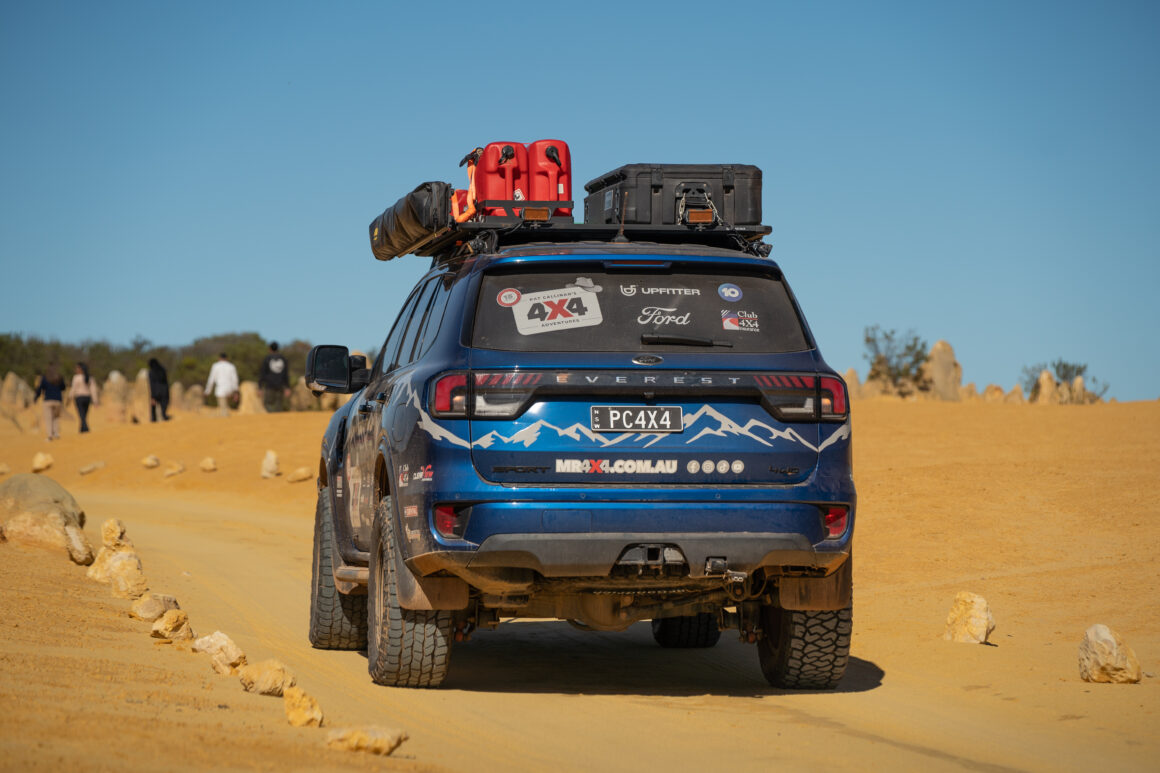
How Will It Work?
The tech behind this isn’t new, but it’s advancing quickly. Companies like Starlink, AST SpaceMobile, and Vodafone Global are working on direct-to-device satellites, which allow smartphones to communicate directly with satellites without needing extra hardware. In the U.S., T-Mobile has already used this technology after natural disasters to provide emergency mobile coverage.
In Australia, this would be a major step up from existing emergency-only satellite SOS services, like Apple’s satellite messaging, which only works when a triple-0 call fails. Instead, this new plan aims to provide a functional level of coverage for voice calls and SMS anywhere, anytime.
The Reality Check
Let’s not throw the sat phone in the bin just yet. Satellite-based mobile coverage is unlikely to match the speed, reliability, or call quality of a normal phone tower. Expect some lag, limited bandwidth, and patchy reception in rugged terrain. But if it means the difference between being completely off the grid versus being able to send a message when it really counts, that’s a huge win.
Implications for Off-Road Safety
For remote travellers, this could be one of the biggest safety upgrades since PLBs became standard kit. Imagine being able to check in with loved ones, confirm an ETA, or call for help without needing a satellite phone. In natural disasters or emergencies, this could save lives.
It also means government agencies, search and rescue teams, and emergency services could have an extra layer of communication in remote areas, which could help with everything from bushfire evacuations to breakdown rescues.
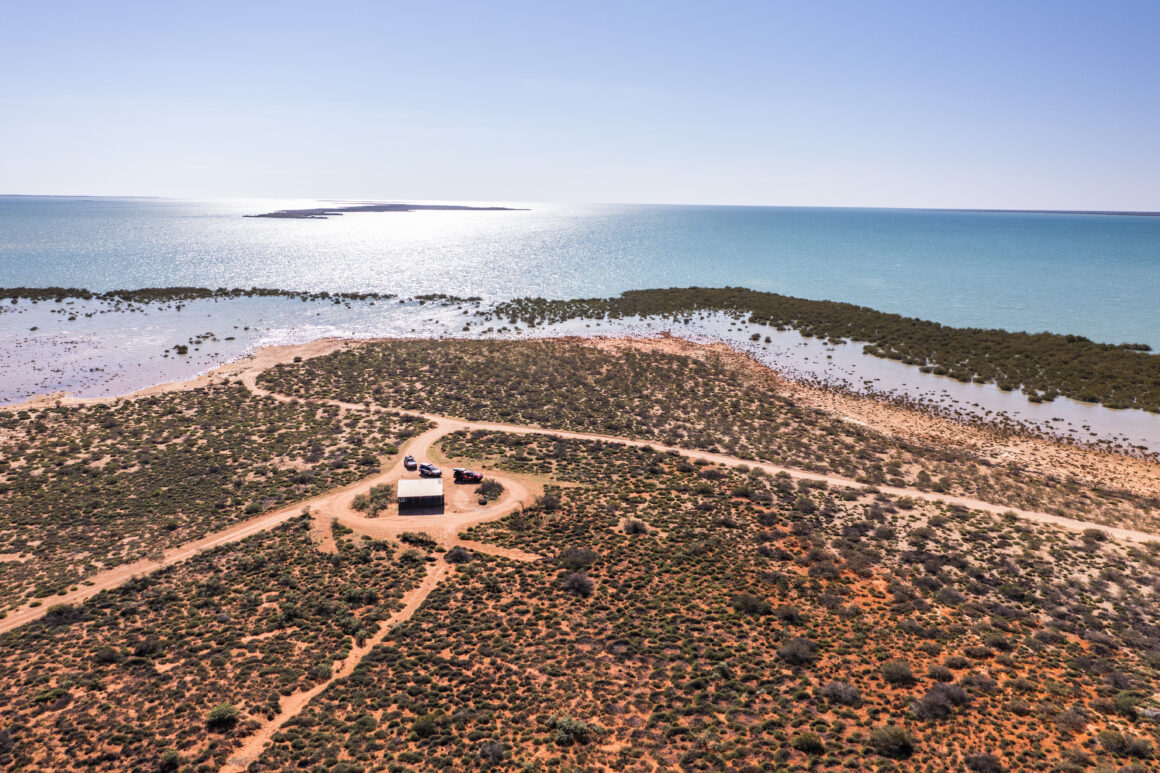
What’s Next?
If Labor is re-elected, telecommunication companies will have to partner with satellite providers to roll out the service by 2027. It won’t replace existing programs like the Mobile Black Spot Program, but it will work alongside them to fill in the massive coverage gaps that plague remote areas.
For tourers, this is one to watch. If it comes through as promised, the days of being completely out of range could be numbered. And that’s a pretty big deal for anyone who loves exploring the far-flung corners of Australia.



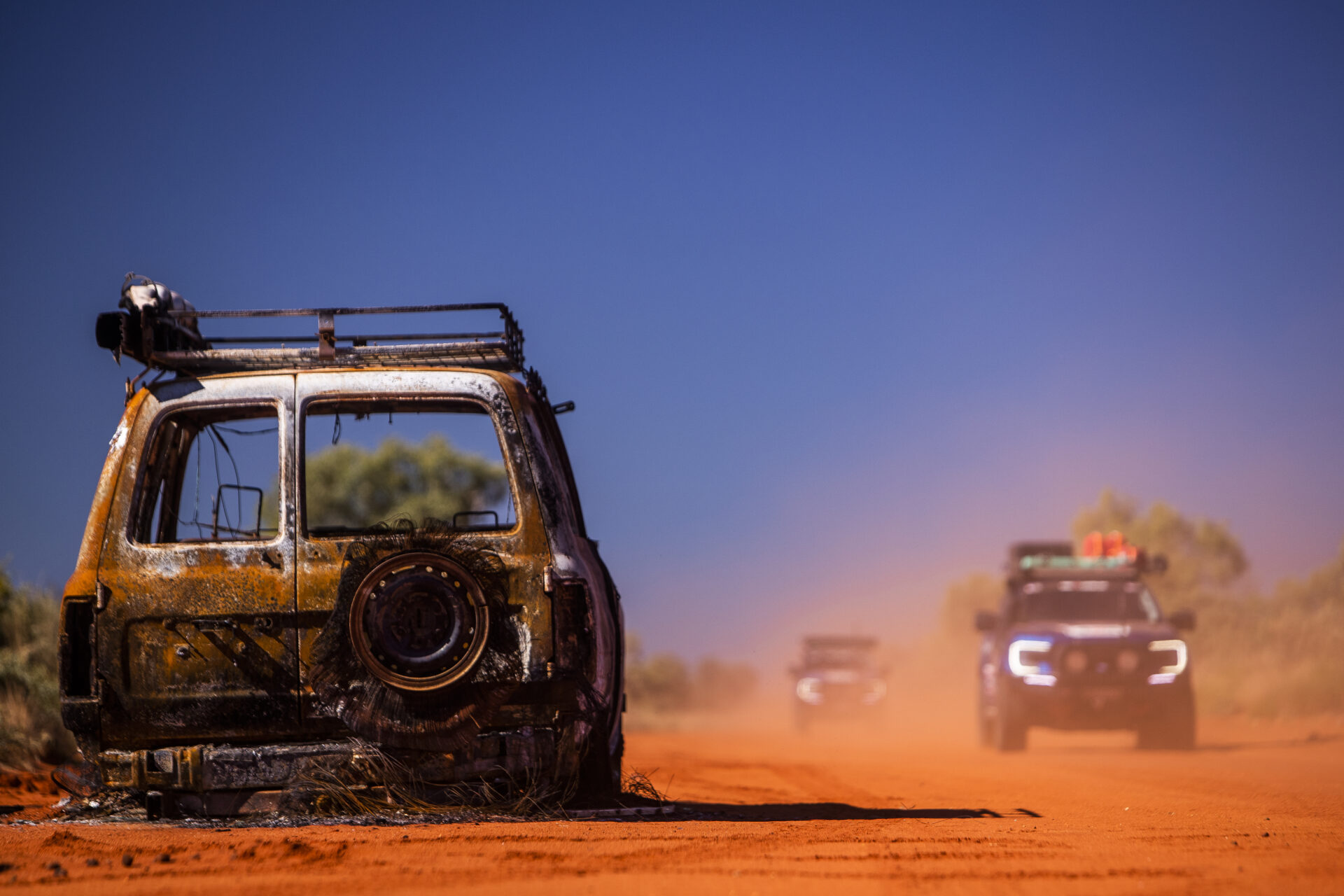

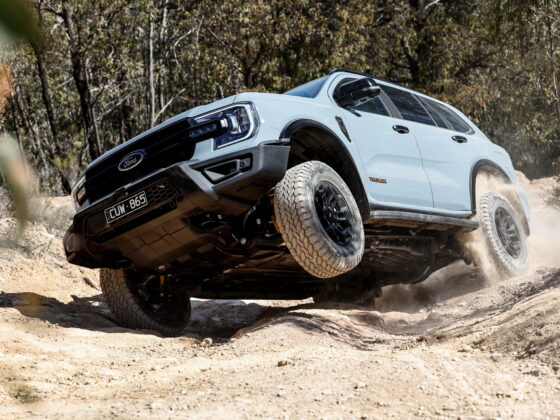
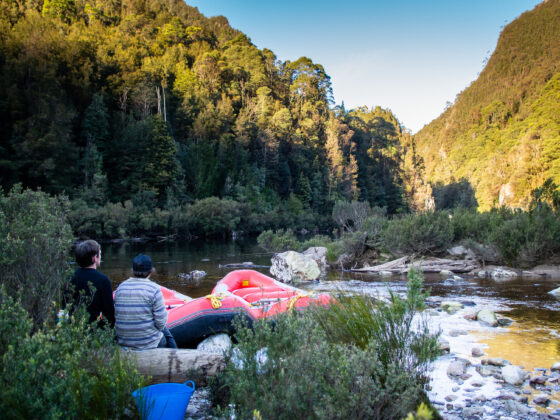
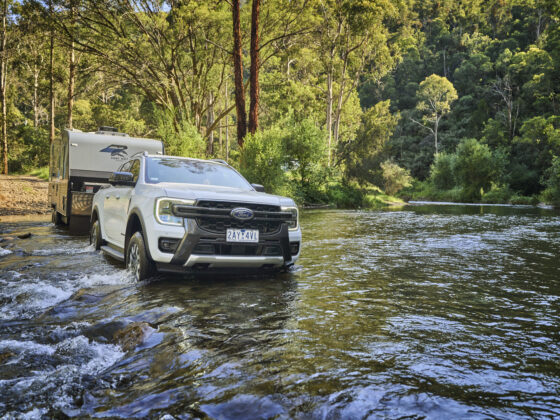




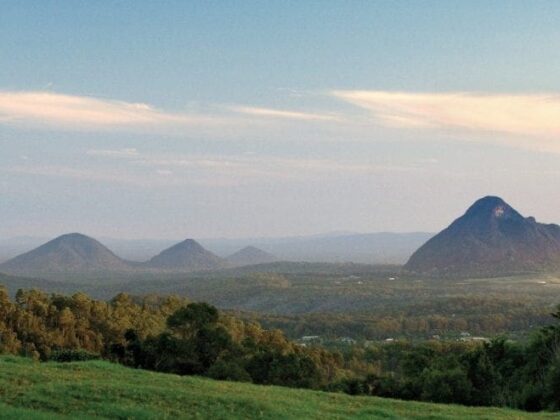
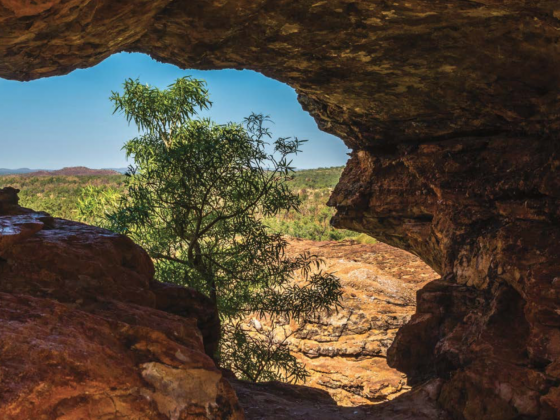
2 comments
I live in the central west of NSW and when you leave a town such as orange, parkes, forbes, young etc you soon only have a bar of service if any and this is not enough to make a legible call.
In fact I often travel between orange and canberra and many areas along the route have SOS only so no service.
Poor coverage is not restricted to the outback but applies in most areas outside sydney in NSW.
That’s good, but I bet you they will lock us out of more national parks.!!!